**”The Role of Heart Rate Training Zones in Maximizing Cardiovascular Fitness: Understanding How to Optimize Your Cardio Workouts for Different Goals”**
The Role of Heart Rate Training Zones in Maximizing Cardiovascular Fitness: Understanding How to Optimize Your Cardio Workouts for Different Goals
Cardiovascular fitness is a cornerstone of overall health, and it plays a pivotal role in how we feel and function daily. One effective way to enhance cardiovascular fitness is by understanding heart rate training zones. These zones can help you tailor your workouts to achieve specific fitness goals, whether that’s fat loss, endurance, or performance improvement. In this post, we will delve into heart rate training zones, how they function, and how to use them to optimize your cardio workouts.
What are Heart Rate Training Zones?
Heart rate training zones are ranges of heartbeats per minute (BPM) that correspond to various exercise intensities. They are typically divided into five distinct zones:
1. **Zone 1: Very Light (50-60% of Maximum Heart Rate)**
This zone is for warming up or cooling down. It helps with recovery and promotes general health.
2. **Zone 2: Light (60-70% of Maximum Heart Rate)**
In this zone, you can maintain a conversation. It’s excellent for building endurance and fat burning.
3. **Zone 3: Moderate (70-80% of Maximum Heart Rate)**
This zone improves aerobic fitness and is where you start to push your limits, making it great for building stamina.
4. **Zone 4: Hard (80-90% of Maximum Heart Rate)**
Training in this zone increases your lactate threshold, enhancing performance and speed.
5. **Zone 5: Maximum (90-100% of Maximum Heart Rate)**
This is where you give it your all, improving your power and speed but can only be sustained for short bursts.
Understanding these zones is crucial because they provide a framework for tailoring your workouts to meet your fitness goals.
How to Calculate Your Maximum Heart Rate
To utilize heart rate training zones effectively, first, you need to determine your maximum heart rate (MHR). A simple way to estimate MHR is by using the formula: **220 minus your age**. For instance, if you are 30 years old, your estimated MHR would be 190 BPM (220 – 30 = 190). From there, you can calculate your target heart rate for each zone.
Example of Heart Rate Zone Calculation
Let’s say your MHR is 190 BPM. Here’s how the training zones would break down:
– **Zone 1:** 95 – 114 BPM (50-60%)
– **Zone 2:** 114 – 133 BPM (60-70%)
– **Zone 3:** 133 – 152 BPM (70-80%)
– **Zone 4:** 152 – 171 BPM (80-90%)
– **Zone 5:** 171 – 190 BPM (90-100%)
Consequently, knowing how to calculate your zones allows you to monitor your intensity during workouts effectively.
Tailoring Workouts to Specific Goals
Endurance Training
If your primary goal is to improve endurance, you should spend a considerable amount of time in Zone 2 (Light) and Zone 3 (Moderate). These zones enhance your aerobic capacity, allowing you to sustain longer efforts. For example, a long run at a comfortable pace, where you can converse with a partner, would fall into these zones. Additionally, integrating interval training by alternating periods of higher intensity (Zones 3 and 4) with recovery periods in Zone 2 can further boost your endurance.
Fat Loss
For fat loss, workouts should predominantly occur in Zone 2, with some intervals in Zone 3. This approach helps maximize fat oxidation while maintaining a sustainable intensity. Moreover, incorporating high-intensity interval training (HIIT) sessions that push you into Zone 4 can elevate your metabolic rate even after the workout has ended. Therefore, a mix of steady-state cardio and HIIT can be particularly effective for weight loss.
Performance Enhancement
Athletes looking to improve their performance should focus on training in Zones 4 and 5. Workouts that include tempo runs, sprint intervals, and hill sprints will push your limits and enhance your speed and power. However, it is essential to balance these high-intensity sessions with adequate recovery in Zones 1 and 2 to prevent overtraining and injuries.
Nutrition Tips for Optimizing Cardio Workouts
In addition to training in the correct heart rate zones, proper nutrition plays a significant role in maximizing your cardiovascular fitness.
Pre-Workout Fuel
Before your workouts, consider consuming carbohydrates for energy, such as a banana or oatmeal. These foods will provide you with the necessary fuel to sustain higher intensity efforts.
Post-Workout Recovery
After your workouts, prioritize protein intake to aid in muscle recovery. A smoothie with protein powder, spinach, and a banana can be an effective post-workout snack.
Hydration
Furthermore, hydration is crucial. Dehydration can negatively impact your performance and recovery. Therefore, drink water before, during, and after your workouts to maintain optimal hydration levels.
Health Benefits of Understanding Training Zones
Incorporating heart rate training zones into your training regimen can yield numerous health benefits. Regular cardiovascular exercise can lower the risk of chronic diseases, improve mental health, and enhance overall well-being. Moreover, understanding your heart rate zones allows you to train smarter, not harder, reducing the risk of burnout and injury.
Conclusion
Heart rate training zones offer a structured approach to cardio workouts that can help you meet your fitness goals effectively. By understanding and utilizing these zones, you can maximize endurance, promote fat loss, and enhance athletic performance. Moreover, coupling your training with proper nutrition and hydration will further optimize your results. Therefore, take the time to learn about your heart rate zones, tailor your workouts accordingly, and enjoy the journey to improved cardiovascular fitness!
FAQ
What are heart rate training zones and why are they important?
Heart rate training zones are ranges of heartbeats per minute (BPM) that correspond to different exercise intensities. They are divided into five distinct zones, each serving a specific purpose, such as recovery, endurance building, or performance improvement. Understanding these zones is important because they provide a framework for tailoring workouts to meet specific fitness goals, maximizing cardiovascular fitness, and minimizing the risk of injury.
How do I calculate my maximum heart rate and training zones?
To calculate your maximum heart rate (MHR), use the formula: 220 minus your age. For example, if you are 30 years old, your estimated MHR would be 190 BPM (220 – 30 = 190). Once you have your MHR, you can determine your heart rate training zones by calculating the percentage ranges based on your MHR. For instance, Zone 1 (50-60% of MHR) would range from 95 to 114 BPM for a 30-year-old.
What are some effective workout strategies for different fitness goals?
For endurance training, focus on spending time in Zone 2 (Light) and Zone 3 (Moderate) to enhance aerobic capacity. For fat loss, workouts should primarily occur in Zone 2, with interval training in
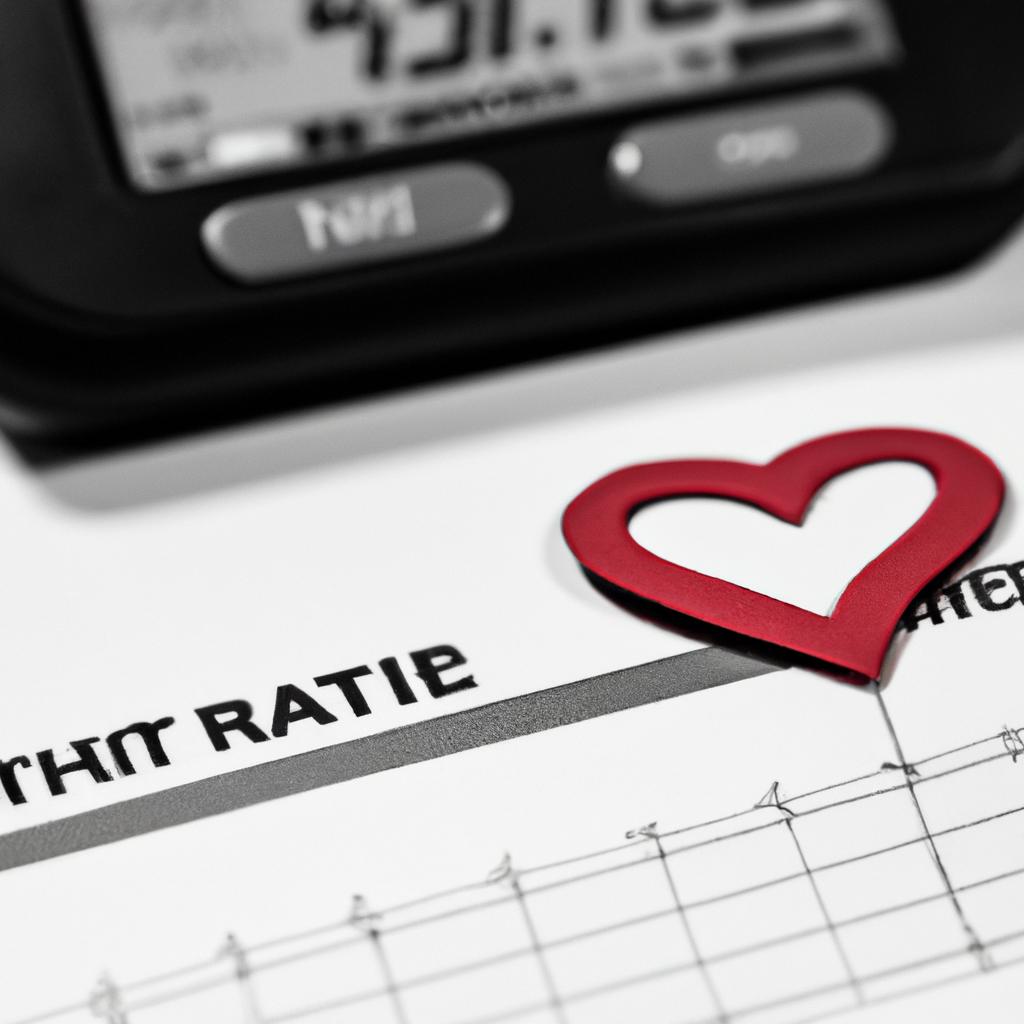

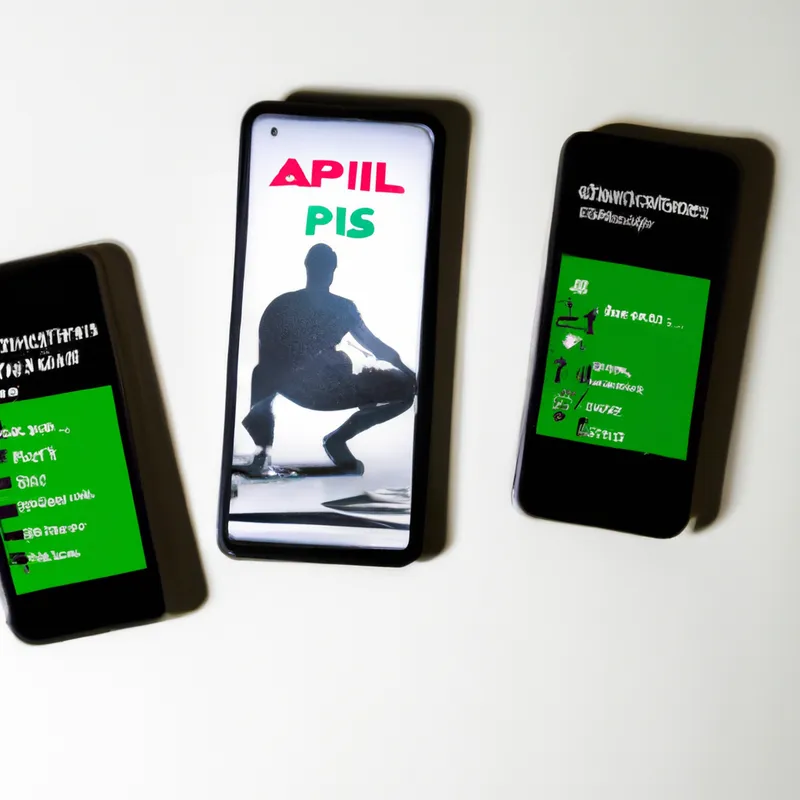
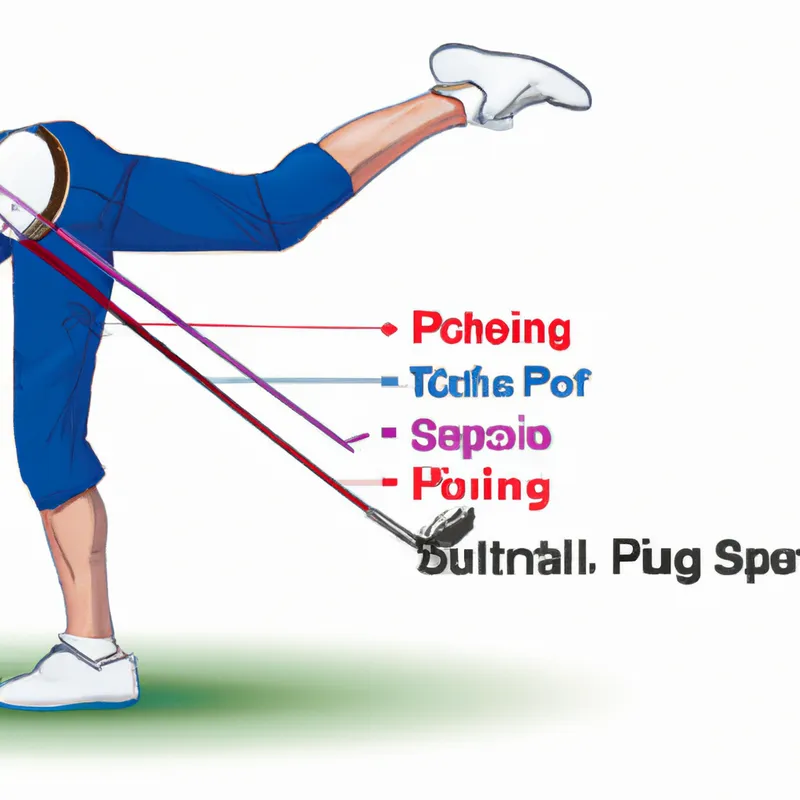



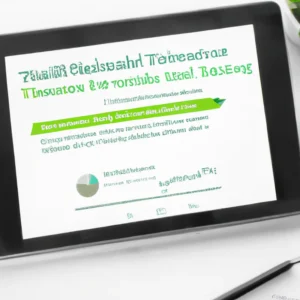
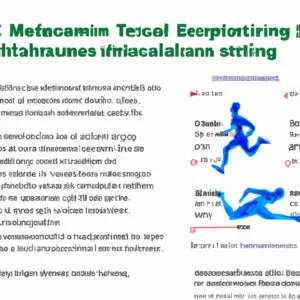






Post Comment